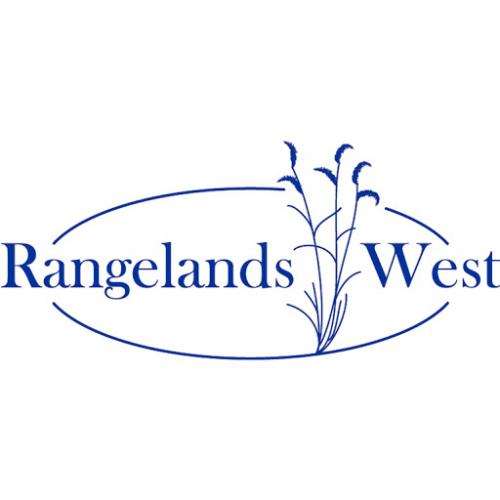The interactions of the 4 basic soil physical properties—volumetric water content, matric potential, soil
strength, and air-filled porosity—were investigated over a range of contrasting textures and for 3
compaction levels of 4 forest soils in New Zealand, using linear and non-linear regression methods.
Relationships among these properties depended on texture and bulk density. Soil compaction increased
volumetric water contents at field capacity, at wilting point, and at the water contents associated with
restraining soil strength values, but decreased the water content when air-filled porosity was limiting.
The integrated effect of matric potential, air-filled porosity, and soil strength on plant growth was
described by the single parameter, least limiting water range (LLWR). LLWR defines a range in soil
water content within which plant growth is least likely to be limited by the availability of water and air
in soil and the soil strength. Soil compaction narrowed or decreased LLWR in most cases. In coarse
sandy soil, initial compaction increased LLWR, but further compaction decreased LLWR. LLWR is
sensitive to variations in forest management practices and is a potential indicator of soil physical
condition for sustainable forest management.

Articles, citations, reports, websites, and multimedia resources focused on rangeland ecology, management, restoration, and other issues on American rangelands.